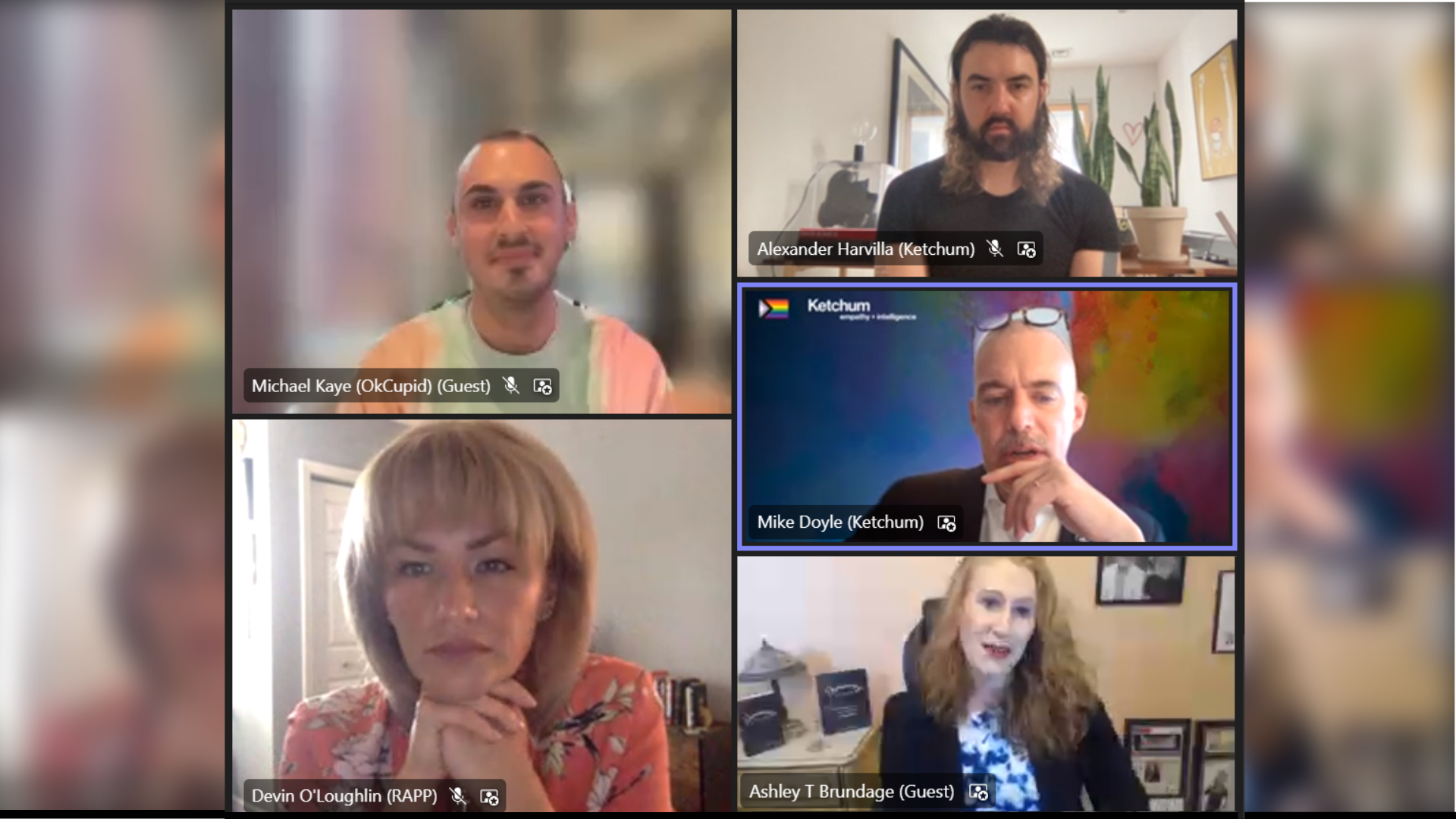This post originally appeared in the Council of Public Relations Firms blog, the Firm Voice.
As strategy gurus have told us for years, any business will have difficulty thriving if it struggles to identify and deliver unique value to the marketplace. The same is true for entire business categories, such as public relations. For several decades the unique value PR brought to companies was media relations or, in today’s jargon, generating earned media coverage. Even long after agencies and internal departments expanded well beyond that important function, media relations was the one thing no one else did well or wanted to do.
Fast forward to today. The PR discipline is defined much more broadly and integration with other marketing communications disciplines is required. So is it important to bring unique value? It’s more important than ever and here’s why: With the land grab going on around social media, PR runs the risk of getting lost in the mix as others attempt to influence “the conversation.” More importantly, brands run the risk of damaging their equity and reputation if they turn only to the paid media side of the house to engage with consumers. So what should be public relations’ unique value right now? A very compelling answer to that question came from Marc Pritchard, Global Marketing and Brand Building Officer of Procter & Gamble, last week at the Council’s Critical Issues Forum. P&G is the largest and one of the most influential marketers in the world, with a budget of $2.9 billion generating $80 billion in sales. Pritchard said that the PR function should “stake its claim” and own real-time marketing that targets communities while paid media continues to reach the masses. He called paid mass media “event-based marketing” (think the Super Bowl) and said the real action and traction for brands is at the more granular level reaching individuals and small communities in real time.
Even when he defended the enduring value of paid advertising, he said paid media creates an emotional connection and “provides the air cover so that PR can move in to win the ground war.” He, and other CMOs on the panel that day, said that by generating word-of-mouth and peer-to-peer recommendations PR is one of the best disciplines to close the sale of products and services (not a bad place to be). So what would the aforementioned strategy gurus make of this? They might make a quadrant analysis like the one I’ve drawn here.
So what would the aforementioned strategy gurus make of this? They might make a quadrant analysis like the one I’ve drawn here.
While this simplifies a complex issue, my interpretation of Pritchard’s challenge to PR is that we can be the source of the most potent marketing today — marketing that builds on consumers’ genuine interests and is able to seize opportunities in real time (versus planning a three-month paid media campaign), particularly opportunities born out of insights into intense consumer enthusiasm for a brand.
To me, this is so much more interesting than PR seeking to own social media. Social media is, by definition, owned by everyone. But if, as Pritchard suggests, PR can own the magic quadrant on the upper right of the diagram — real-time marketing that engages communities and individuals (frequently powered by social media) — I think we can have a very bright future. That doesn’t mean we won’t do campaigns that reach mass markets. It just means our highest value might be at the other end of the spectrum. I believe Pritchard and other CMOs give us permission and encouragement to excel in this highly valued area because we often react faster than other disciplines and have inherent skills that are vital in doing this work, including peripheral vision across multiple stakeholders (consumers, influencers, employees, investors, regulators), the ability to create content that is well received in the marketplace, and the ability to engage and deliver at a hyper-local level.
I believe Pritchard and other CMOs give us permission and encouragement to excel in this highly valued area because we often react faster than other disciplines and have inherent skills that are vital in doing this work, including peripheral vision across multiple stakeholders (consumers, influencers, employees, investors, regulators), the ability to create content that is well received in the marketplace, and the ability to engage and deliver at a hyper-local level.
So what do we need to do even better to stake our claim more definitively? I think a CMO would have to believe that his or her source of PR services could do the following at least as well as any other marketing partner: (1) understand targets and identify insights that move markets, (2) produce creative content that captures imaginations and flies across increasingly free distribution channels and (3) offer analytics that prove ROI and can be plugged in to larger marketing mix models to gauge integrated campaign effectiveness. Many CMOs are also looking for PR people who fully understand brand building and can lead large, multi-discipline campaigns.
From what I’ve seen, many in-house departments and PR firms are making real strides in these areas. Here’s hoping we continue to seize this enormous opportunity.



